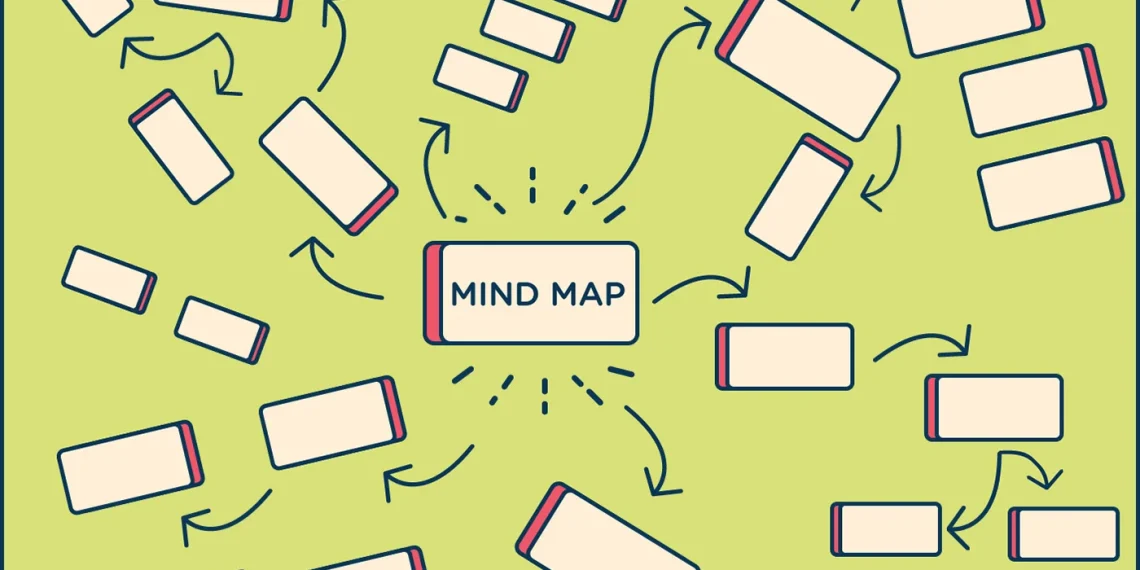Brainstorming and Outlines
Why Brainstorm?
Brainstorming forces your mind to research and come up with possibilities, even unthinkable ones. Thus, it opens your mind to new ideas.Here are some good brainstorming methods:
- Write Ideas Unconsciously: Even if the ideas you come up with in essay brainstorming seem insignificant, it might lead you to something great later. Trust yourself and put whatever you think of on paper; if you don’t focus on self-editing, you may come up with some ingenious ideas.
- Draw a Mind Map: Our thoughts rarely arrive in easily digestible chunks; they’re more like webs of information and ideas that extend forward at any given time. Keeping track of these ideas is tough, but manifesting them all in a mind map can help you get more ideas and both understand and retain them better. To draw an effective mind map, here are some tips:
- Create a central idea: In the middle of your paper draw a central topic/idea which represents the starting point of your essay and then branch out to different arguments. This central visual will act as a visual stimuli to trigger your brain and remind you constantly about the core idea.
- Add keywords: When you add branches to your mind map, you will need to include a key idea. Keep these phrases as brief as possible to generate a greater number of associations and keep space for more detailed branches and thoughts.
- Highlight branches in different colors: Colored pen is your best friend. Apply different colors to each key idea branch above. This way, you can differentiate arguments.
Why Outline?
Topic outlines let you focus exclusively on the structure and fitting everything in the right place. That way, when you’re writing the first draft, you can focus on details like sentence structure and clarity without getting distracted by the big picture. Here are some steps you can follow when creating your outline:
- Research and gather sources. You can use the brainstorming methods above.
- Make a list of the topics you want to cover. Each topic will become a different paragraph.
- Consider the best order to discuss the topics. Are your ideas presented in a certain way in your thesis? Do any ideas build on each other and therefore need to be presented in a certain order? What do you think flows most naturally and best argues your paper? These are a few things you can consider when structuring your outline.
- Fill in the details. When you’re satisfied with the structure of your paragraphs, you can start filling in supporting details like quotes and references to sources.
- Be sure to include the basics. You'll need an introduction and conclusion.
Here is an example outline.

Comments
Post a Comment